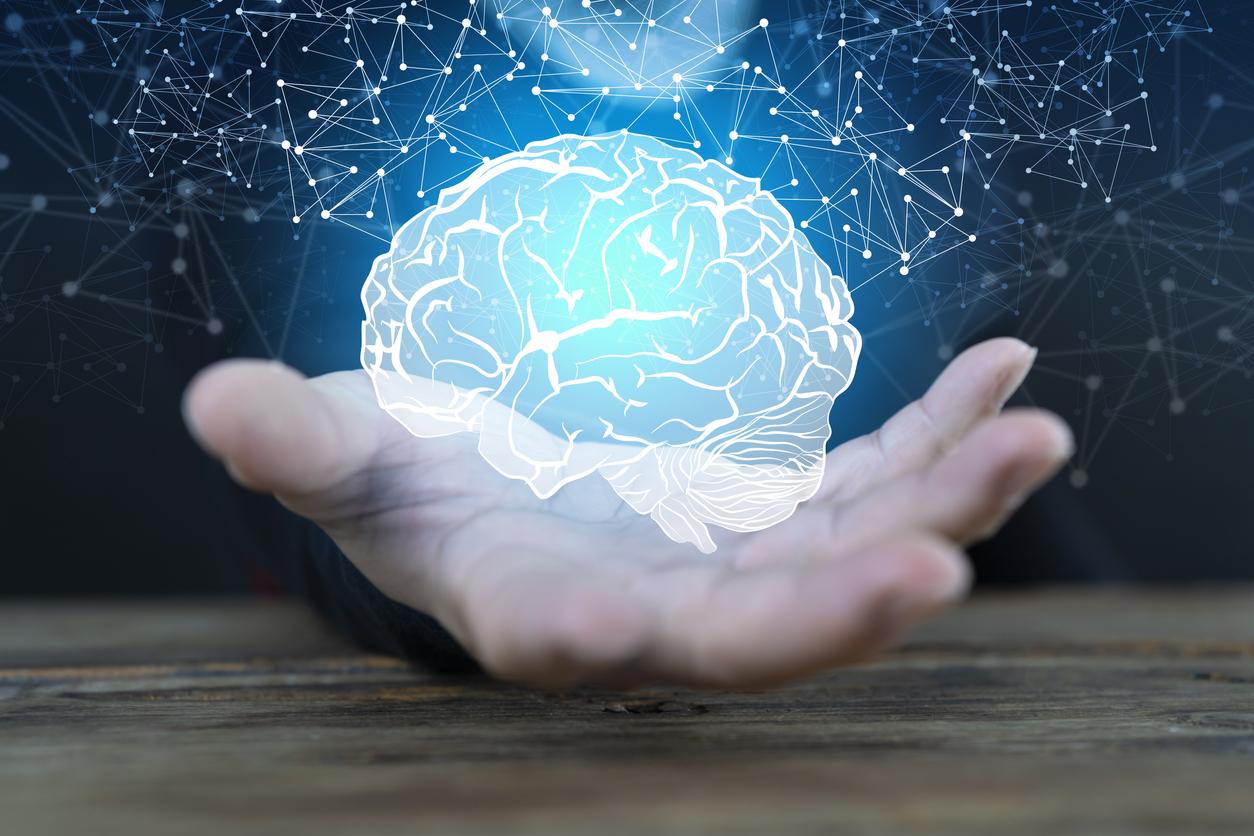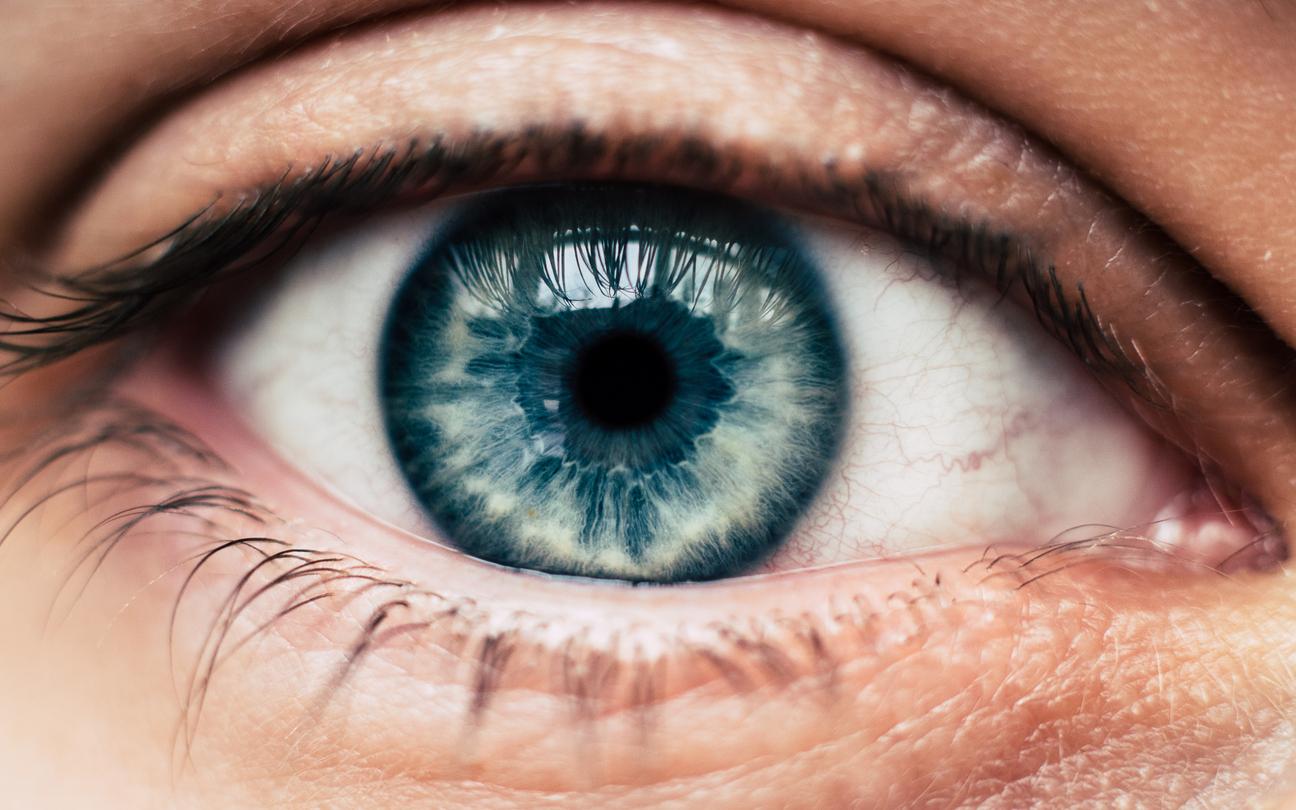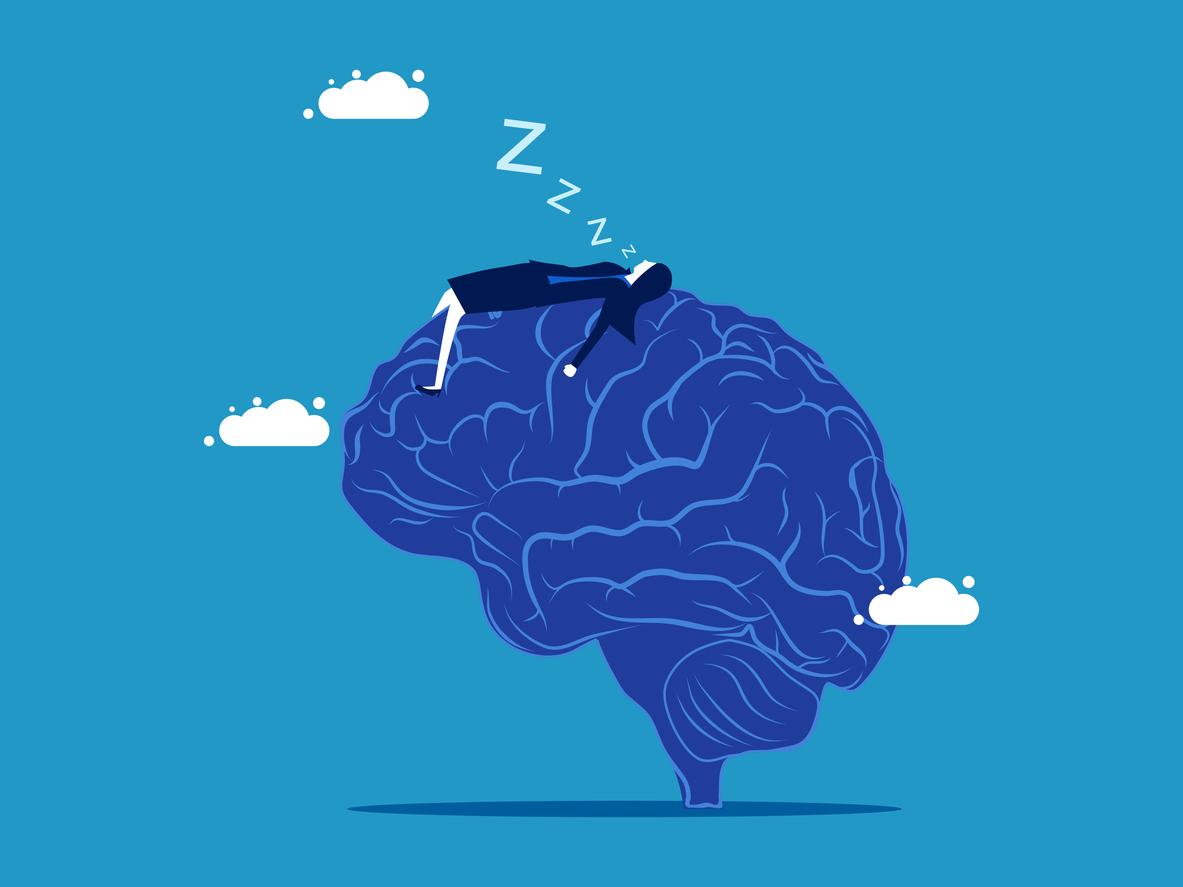Scientists have succeeded in transferring “memories” between two living organisms.

- Scientists have succeeded in transferring memories from one living being to another.
- To succeed in this experiment, they used RNA.
- This discovery challenges the theory that memory is stored in synapses in the brain.
This is similar to the scenarios of many science fiction films. Scientists have successfully transferred memories between two snails.
The nervous systems of snails and humans are similar
The snails in question were not shelled specimens like the others. They were in fact large marine gastropods, and more precisely a species called “California sea hare”. There are indeed striking similarities between the nervous systems of snails and humans, even if the snail’s version has far fewer neurons than ours.
The team of researchers, led by Dr. David Glanzman, began by training snails by delivering a series of mild electric shocks to their tails. This caused them to contract, intended to respond to stress and danger. It was then enough to tap the snails to provoke this reflex and make them contract for 50 seconds on average, while the untrained animals only contracted for a few seconds.
A transfer of memories thanks to RNA
The scientists then wanted to see if this sensitization – the memory of the shocks received – could be transferred to another animal. To do this, they extracted RNA from the nervous systems of trained and untrained snails. The snails were then all injected with RNA from the opposite experimental group, so the untrained snails received RNA from the electrically shocked specimens. And against all odds, the experiment worked. It was enough to inject the snails with RNA from other sensitized congeners for them to adopt the same behavior.
Specifically, the snails that received RNA from the trained beasts exhibited a defensive contraction that lasted 40 seconds on average, even though they never received electric shocks themselves. “It’s like we transferred the memory,” summarizes David Glanzman in conclusion.
Transfer of memories: many questions still remain unanswered
This discovery challenges the theory that memory is stored in synapses in the brain, opening new perspectives in the field of neuroscience.
However, it is important to emphasize that many questions still remain unanswered. For example, researchers don’t know exactly which components of RNA are responsible for transferring memory, or how that memory is stored and retrieved in snail brains. Further research will be needed to elucidate these questions and better understand the mechanisms underlying memory transfer.















